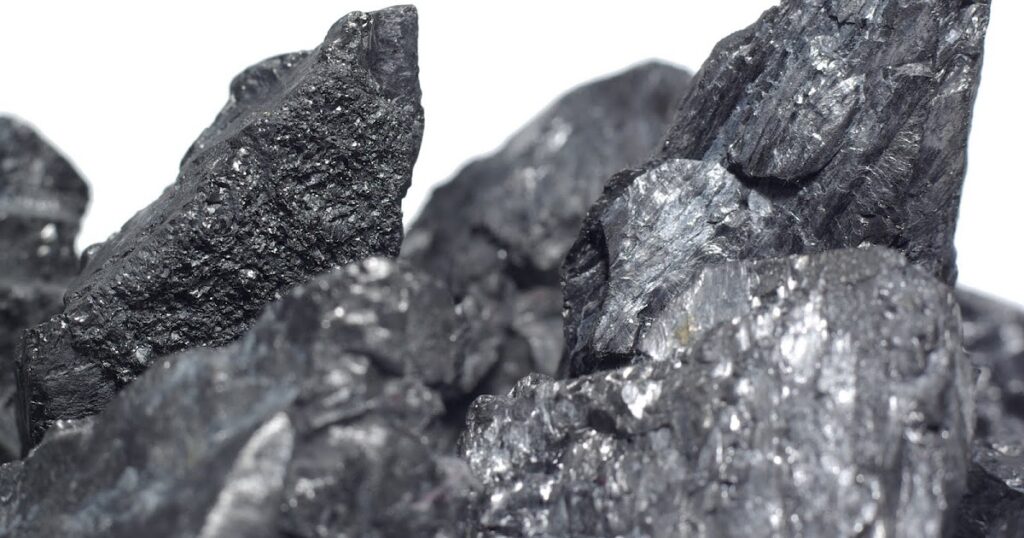
The Legislature has shifted into high gear, and it is at this moment – as work and priorities unfold – that lawmakers and the public must remain focused on addressing New Mexico’s budgetary over-dependence on fossil fuels. The moment is now for decisive change to ensure that the bottom doesn’t fall out on vital services like public education, public health and public safety if the current surge in oil and gas production is indeed the last great boom.
Back in mid-December, PFM Group Consulting, with in-state guidance from O’Donnell Economics, presented findings and recommendations from a report on this exact topic to the interim Revenue Stabilization and Tax Policy Committee. The full and final report is now public.
The recommended actions to bring desperately needed balance to our bottom line have been covered by news stories following that presentation. To recap, the report urges New Mexico lawmakers to utilize $3.6 billion in new revenue – coupled with a recent massive federal investment – to invest now in things that drive strong economies, including upskilling and expanding our workforce; making our tax structure more functional and fair; diversifying the economy to seize upon the many ground-floor opportunities created by the energy transition; equalizing access to opportunity for all New Mexicans; and attracting investment by making New Mexico a better place to live and do business to strengthen our tax base.
The report details in great depth what New Mexicans already know: We have one of the nation’s highest rates of reliance on oil and gas, depending on it for more than 30% of the state’s general revenue. What is less apparent on the surface is that recent windfall revenues from oil and gas have contributed to a growing imbalance between the state’s reliable, recurring sources of general revenue – primarily personal income and gross receipts taxes – and recurring state spending. This structural deficit increases the likelihood of having to dramatically cut state spending and/or increase other tax rates when the current oil and gas windfall inevitably ends.
New Mexico is further plagued by the “resource curse” – a well-documented phenomenon wherein jurisdictions heavily dependent on extractive resources under-invest in their long-term growth and economic diversification and consequently lag in economic performance and population growth, particularly in contrast to neighboring states.
Despite these concerns, consensus revenue estimates reflect an expectation that New Mexico’s oil and gas sector will remain robust for the foreseeable future. This expectation is risky given credible research that finds that oil and gas prices and production may peak within the next decade. The report explores New Mexico’s future revenue performance under alternative yet still realistic petroleum price and production assumptions and considers the degree to which the state’s current economic development efforts can produce the level of economic growth needed to offset the revenue losses forecast under less optimistic assumptions about future fossil fuel markets.
In that process, we found that the state could be overestimating general revenue over the next 15 years by between $26 billion and $36 billion. While no one can claim to predict the future, a revenue loss of this magnitude could spell disaster, as it will require unprecedented gains in other sectors and revenue sources – gains that would be extremely difficult to achieve given the current structure of our economy and tax code.
The good news is that recent windfall oil and gas revenues create an unprecedented opportunity for the state to reduce the likelihood of a future catastrophic revenue slump by investing in economic and revenue resilience now through fair and equitable changes to the tax structure, economic diversification, equalizing access to opportunity for all New Mexicans, and staunching the “brain drain” by creating job opportunities for New Mexicans while also attracting new residents and new investors.
SOURCE:https://www.abqjournal.com/
